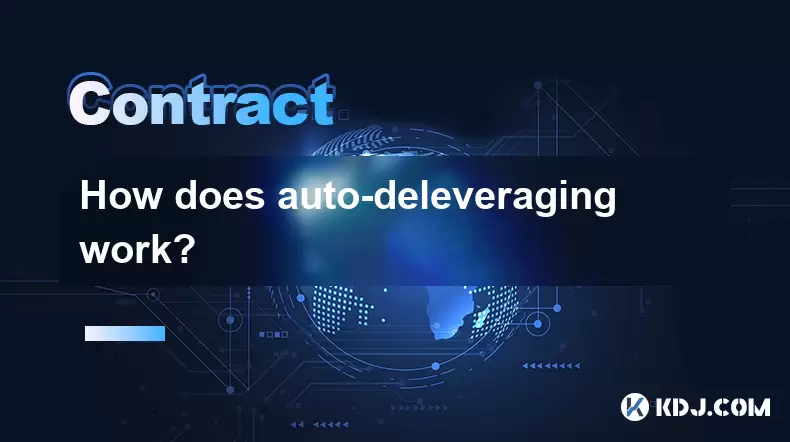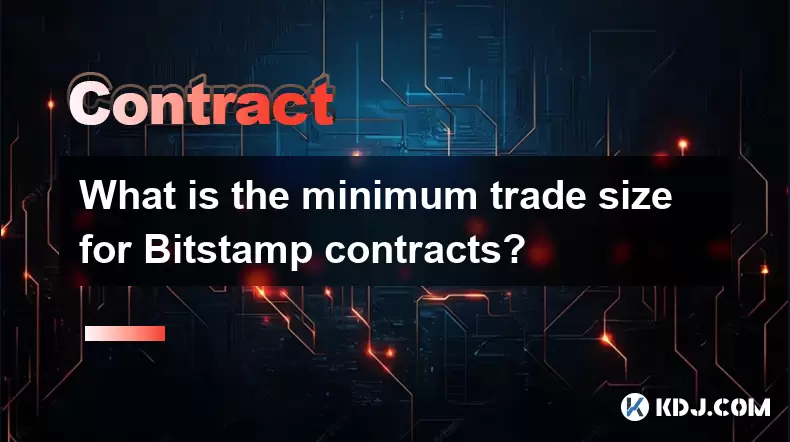-
 Bitcoin
Bitcoin $118900
1.66% -
 Ethereum
Ethereum $3735
1.35% -
 XRP
XRP $3.506
0.71% -
 Tether USDt
Tether USDt $1.000
-0.01% -
 BNB
BNB $799.4
5.78% -
 Solana
Solana $202.0
1.87% -
 USDC
USDC $0.9999
0.00% -
 Dogecoin
Dogecoin $0.2661
1.89% -
 Cardano
Cardano $0.8877
1.59% -
 TRON
TRON $0.3173
2.45% -
 Hyperliquid
Hyperliquid $45.00
2.59% -
 Stellar
Stellar $0.4723
3.40% -
 Sui
Sui $3.970
1.32% -
 Chainlink
Chainlink $19.67
1.94% -
 Hedera
Hedera $0.2710
1.99% -
 Avalanche
Avalanche $25.74
-0.01% -
 Bitcoin Cash
Bitcoin Cash $528.1
1.98% -
 Litecoin
Litecoin $120.1
3.57% -
 Shiba Inu
Shiba Inu $0.00001525
1.26% -
 UNUS SED LEO
UNUS SED LEO $8.989
-0.01% -
 Toncoin
Toncoin $3.304
1.74% -
 Polkadot
Polkadot $4.531
3.38% -
 Uniswap
Uniswap $10.74
2.51% -
 Ethena USDe
Ethena USDe $1.001
0.00% -
 Monero
Monero $325.5
2.44% -
 Pepe
Pepe $0.00001413
1.31% -
 Bitget Token
Bitget Token $4.860
0.85% -
 Dai
Dai $0.9999
0.01% -
 Aave
Aave $307.3
-2.07% -
 Bittensor
Bittensor $448.8
2.91%
How does auto-deleveraging work?
Auto-deleveraging (ADL) is a risk management tool used by crypto exchanges to close high-leverage, profitable positions when a liquidation can't be covered by the insurance fund, ensuring market solvency during extreme volatility.
Jul 23, 2025 at 01:15 pm

What Is Auto-Deleveraging in Crypto Derivatives?
Auto-deleveraging (ADL) is a mechanism used by certain cryptocurrency exchanges to manage risk when a trader’s position is liquidated and there isn’t enough insurance fund or equity to cover the loss. This typically happens in perpetual futures markets where traders use leverage. When a position is auto-deleveraged, the exchange forcibly closes offsetting positions from profitable traders—usually those with the highest leverage—to absorb the loss. This ensures the market remains solvent without requiring external bailouts.
ADL only activates when the insurance fund is exhausted, making it a last-resort risk mitigation tool.
Why Do Exchanges Use Auto-Deleveraging?
Exchanges implement ADL to prevent systemic insolvency in extreme market conditions—like flash crashes or rapid price movements—that can cause cascading liquidations. Without ADL, losses from undercollateralized positions would fall entirely on the platform or its insurance fund. If those are depleted, the entire market could become imbalanced or even halted.
ADL distributes the loss across the most vulnerable profitable positions, maintaining market integrity and avoiding socialized loss models that penalize all traders equally.
How Does the ADL Ranking System Work?
When ADL triggers, the exchange doesn’t randomly select positions to close. Instead, it ranks profitable traders based on two key criteria:
- Profitability: Only traders in profit are eligible for ADL.
- Leverage used: Higher-leverage positions are prioritized because they are riskier and contribute more to systemic instability.
This means a trader with 50x leverage and a small profit might be closed before a trader with 5x leverage and a large profit—even if the latter has more equity at stake.
Step-by-Step: How Auto-Deleveraging Executes
When a liquidation cannot be absorbed by the insurance fund, the exchange initiates ADL in this sequence: - Identify the liquidated position and calculate the loss that must be covered.
- Filter profitable counterparties on the opposite side of the trade (e.g., if a long is liquidated, look for profitable shorts).
- Rank eligible positions by profit percentage and leverage, prioritizing those with the highest leverage.
- Close positions incrementally until the loss is fully covered—this may affect multiple traders.
- Notify affected users via email or in-app alerts, often with timestamps and trade details.
This process is automated and happens in milliseconds during volatile conditions.
How to Avoid Being Auto-Deleveraged
Traders can reduce ADL risk through proactive position management: - Use lower leverage (e.g., 5x–10x instead of 25x+) to stay off the ADL priority list.
- Monitor your ADL rank—some exchanges (like Bybit or BitMEX) display a real-time ADL indicator in your position details.
- Avoid holding large profitable positions during high volatility, especially around major news events or macroeconomic data releases.
- Set take-profit orders to lock in gains before you become a high-priority target for ADL.
If your ADL rank is red or orange, consider reducing position size or closing the trade manually.
What Happens to Your Funds After ADL?
When your position is auto-deleveraged, the exchange closes it at the mark price—not the last traded price—to ensure fairness and avoid manipulation. You retain your initial margin and any unrealized profit up to the point of closure. However, the forced closure means you lose the opportunity to manage the exit yourself.
Your P&L is settled immediately, and the remaining equity is returned to your wallet. No additional fees are charged beyond standard taker fees for the forced close.Frequently Asked Questions
Q: Can I see in advance if my position is at risk of ADL?
Yes. Many exchanges show an ADL level or tier in your open position details. For example, “ADL Level 3” means you’re in the top 20% of targets if ADL activates. Monitor this in real time—especially during high volatility or when holding large profitable positions.Q: Does ADL happen on spot markets or only derivatives?
ADL only occurs in leveraged derivatives markets like perpetual futures or inverse futures. Spot trading doesn’t involve margin or liquidation mechanics, so ADL is irrelevant there.Q: If I’m in profit but use low leverage, will I still be ADL’d?
It’s unlikely. Low leverage (e.g., 2x–5x) places you at the bottom of the ADL queue. The system prioritizes high-leverage, profitable positions first. Even if ADL runs through the entire list, low-leverage traders are often untouched unless losses are catastrophic.Q: Is ADL the same as forced liquidation?
No. Forced liquidation happens when your margin falls below the maintenance level—you lose your position due to your own risk. ADL happens to other traders when someone else’s liquidation can’t be covered—it’s a systemic risk tool, not a personal one.
Disclaimer:info@kdj.com
The information provided is not trading advice. kdj.com does not assume any responsibility for any investments made based on the information provided in this article. Cryptocurrencies are highly volatile and it is highly recommended that you invest with caution after thorough research!
If you believe that the content used on this website infringes your copyright, please contact us immediately (info@kdj.com) and we will delete it promptly.
- Pudgy Penguins (PENGU) Soars: Rally Growth and Meme Coin Mania!
- 2025-07-23 19:10:12
- Solana Meme Coins & Market Cap Mania: What's the Deal?
- 2025-07-23 19:15:12
- DOGE Price Poised for Parabolic Surge? DogeOS Unveils Zero-Knowledge Game Changer!
- 2025-07-23 18:30:12
- Bitcoin ETF in Regulatory Limbo: SEC Pause Fuels Uncertainty
- 2025-07-23 18:50:12
- CZ's Altcoin Season Tease: BNB Price Rockets to New Heights!
- 2025-07-23 18:30:12
- DeFi Lending: Fees, Collateral, and the TradFi Invasion
- 2025-07-23 18:50:12
Related knowledge

Why is my Bitstamp futures position being liquidated?
Jul 23,2025 at 11:08am
Understanding Futures Liquidation on BitstampFutures trading on Bitstamp involves borrowing funds to open leveraged positions, which amplifies both po...

Does Bitstamp offer inverse contracts?
Jul 23,2025 at 01:28pm
Understanding Inverse Contracts in Cryptocurrency TradingIn the realm of cryptocurrency derivatives, inverse contracts are a specific type of futures ...

How to find your Bitstamp futures trade history?
Jul 23,2025 at 08:07am
Understanding Bitstamp and Futures Trading AvailabilityAs of the current state of Bitstamp’s service offerings, it is critical to clarify that Bitstam...

Can I use a trailing stop on Bitstamp futures?
Jul 23,2025 at 01:42pm
Understanding Trailing Stops in Cryptocurrency TradingA trailing stop is a dynamic type of stop-loss order that adjusts automatically as the price of ...

What is the minimum trade size for Bitstamp contracts?
Jul 23,2025 at 07:14pm
Understanding Bitstamp and Its Contract OfferingsBitstamp is one of the longest-standing cryptocurrency exchanges, established in 2011, and known for ...

How to trade ETH perpetuals on Bitstamp?
Jul 23,2025 at 03:28am
Understanding ETH Perpetual ContractsETH perpetual contracts are derivative products that allow traders to speculate on the price of Ethereum without ...

Why is my Bitstamp futures position being liquidated?
Jul 23,2025 at 11:08am
Understanding Futures Liquidation on BitstampFutures trading on Bitstamp involves borrowing funds to open leveraged positions, which amplifies both po...

Does Bitstamp offer inverse contracts?
Jul 23,2025 at 01:28pm
Understanding Inverse Contracts in Cryptocurrency TradingIn the realm of cryptocurrency derivatives, inverse contracts are a specific type of futures ...

How to find your Bitstamp futures trade history?
Jul 23,2025 at 08:07am
Understanding Bitstamp and Futures Trading AvailabilityAs of the current state of Bitstamp’s service offerings, it is critical to clarify that Bitstam...

Can I use a trailing stop on Bitstamp futures?
Jul 23,2025 at 01:42pm
Understanding Trailing Stops in Cryptocurrency TradingA trailing stop is a dynamic type of stop-loss order that adjusts automatically as the price of ...

What is the minimum trade size for Bitstamp contracts?
Jul 23,2025 at 07:14pm
Understanding Bitstamp and Its Contract OfferingsBitstamp is one of the longest-standing cryptocurrency exchanges, established in 2011, and known for ...

How to trade ETH perpetuals on Bitstamp?
Jul 23,2025 at 03:28am
Understanding ETH Perpetual ContractsETH perpetual contracts are derivative products that allow traders to speculate on the price of Ethereum without ...
See all articles

























































































